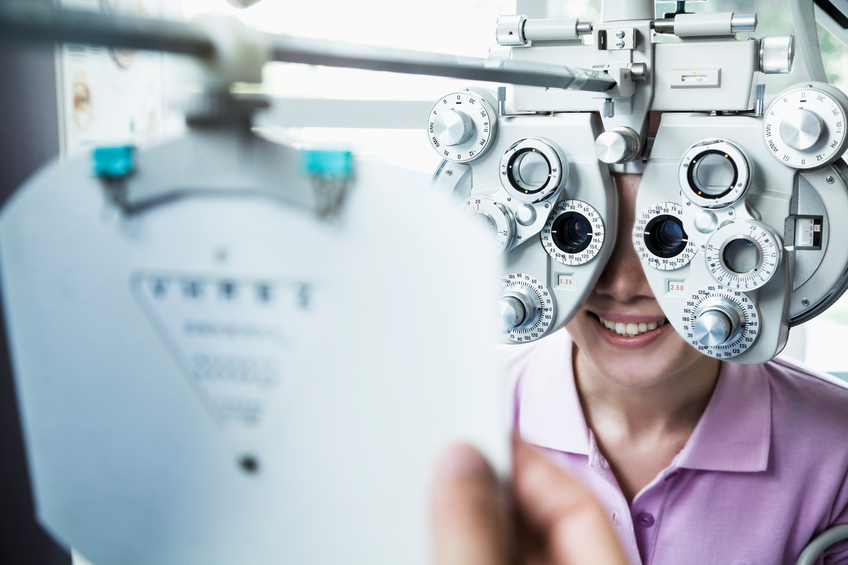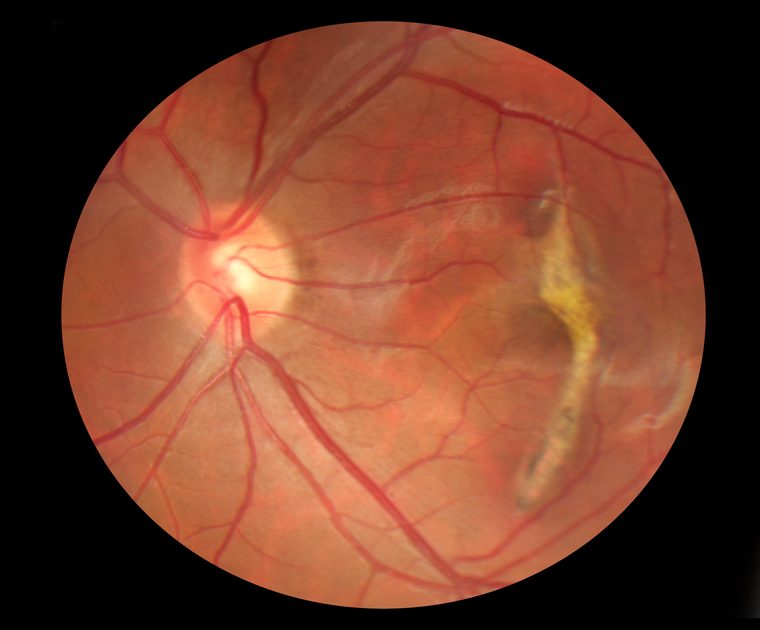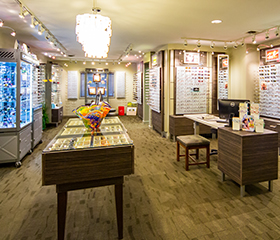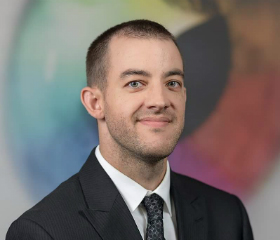As a fully licensed and equipped optometric practice, Southwind Eyecare offers a complete range of eye care services to all our patients.
Whether the eye care issue involves correcting refractive errors with eyeglass or contact lenses, or helping a student find amazing frames, or diagnosing/treating eye conditions and diseases, our experienced team will identify and implement the best eye care solutions for you.
Eye Health Evaluation
With our years of experience in diagnosing and treating typical vision disorders such as nearsightedness, farsightedness, amblyopia, presbyopia, cataracts, macular degeneration and diabetic retinopathy, Dr. Hansen, Dr. Whittredge and Dr. Lorson and their team are equipped to provide appropriate therapeutic medical eye care.
At the same time, the Southwind Eyecare team offers a wide array of high quality eye care products at reasonable prices. Our patients never pay too much for the best quality in eyeglasses, contact lenses, sunglasses, progressive and bifocal lenses, and outstanding service.
Treatment of Eye Disease
If you are diagnosed with an eye disease, you want the best treatment available to get your eyes healthy again. At Southwind Eyecare, we stay current with best treatment practices. Based on your diagnosis, we may recommend a wide variety of approaches, including improved nutrition, prescription medicines, therapy and vision exercises, or medical procedures.
Good Eyecare Begins With A Yearly Eye Exam!
Although many do not realize it, the best way to protect your vision is with a yearly eye checkup. Even a basic eye exam can instantly detect many health-threatening conditions, such as tumors, vascular irregularities, and diabetes-related injury to the retina. At Southwind Eyecare, that basic checkup is brief and painless.
In our continued efforts to bring the most advanced technology available to our patients, Dr. Hansen, Dr. Whittredge and Dr. Lorson are proud to announce the inclusion of the Optomap Retinal Exam as an integral part of your eye exam.
Many eye problems can develop without warning and progress with no symptoms. Early on, you might not notice any change in your vision. However, diseases such as macular degeneration, glaucoma, retinal tears or detachments, as well as other health problems such as diabetes and high blood pressure, can often be detected with a thorough exam of the retina. The retina is the part of your eye that catches the image of what you are looking at, similar to the film in a camera.
An Optomap Retinal Exam provides:
- A scan to confirm a healthy eye or detect the presence of disease.
- An overview or map of the retina, giving your eye doctor a more detailed view than he can achieve by other means.
- The opportunity for you to view and discuss the Optomap images of your eye with your doctor at the time of your exam.
- A permanent record for your medical file, enabling your optometrist to make important comparisons if potential problems show themselves at a future examination.
Optical Coherence Tomography (OCT) is a non-invasive images test. OCT uses light waves to take cross-section pictures of your retina. During the OCT testing, you will sit in front of the machine and rest your head on a support to keep it motionless. The equiptment will then scan your eye without touching it. Scanning takes about 5-10 minutes. If your eyes were dilated, they may be sensitive to light for several hours after the exam. OCT is useful in diagnosing many eye conditions, including: Glaucoma, Age-related Macular Degeneration, Diabetic Retinopathy and more.
Visual Field is an important test that can detect dysfunction in the central and peripheral vision which can be caused by various medical conditions. Such as Glaucoma, Stroke, Brain tumors or other neurological defects. During the test there is a center fixation light and blinking test lights in your peripheral vision. When you see a light blink, click the button to let the machine know that you saw it. Following the lights away from the fixation point decreases the reliability of the test and the ability of your doctor to monitor your disease.







